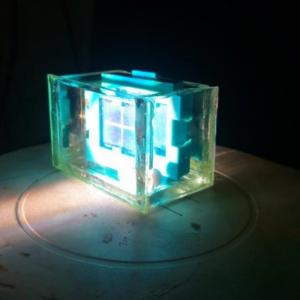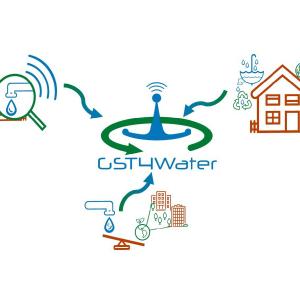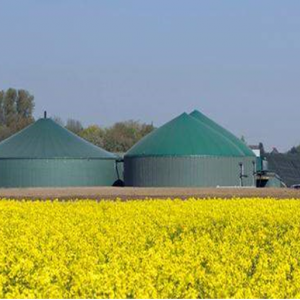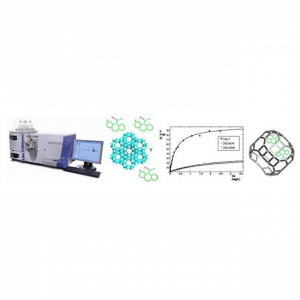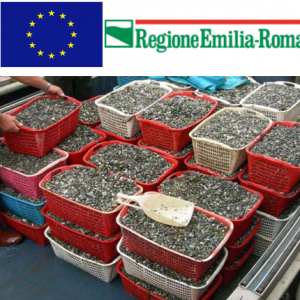
Eco-design for mollusc culture
Terra&Acqua Tech Laboratory has developed:
- the localization and georeferenced mapping of nursery areas for veracious clams in lagoon zones, to be used as a decision support tool for the expansion of current nursery areas;
- a process for the...


